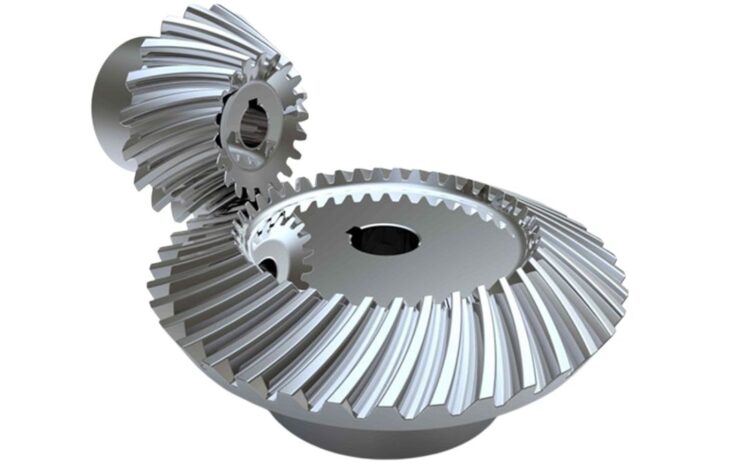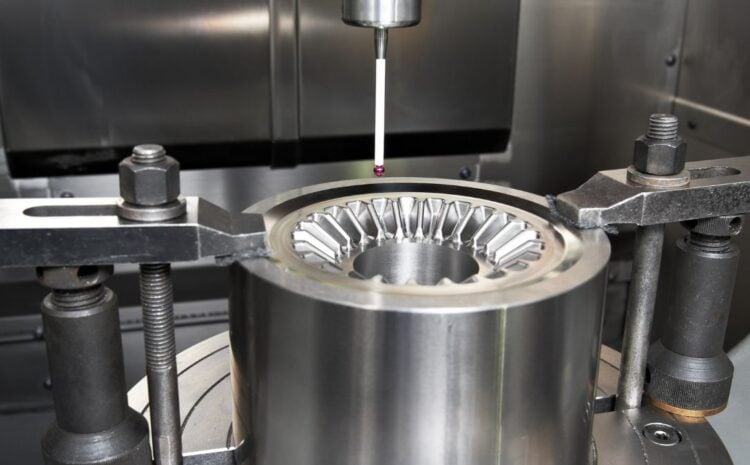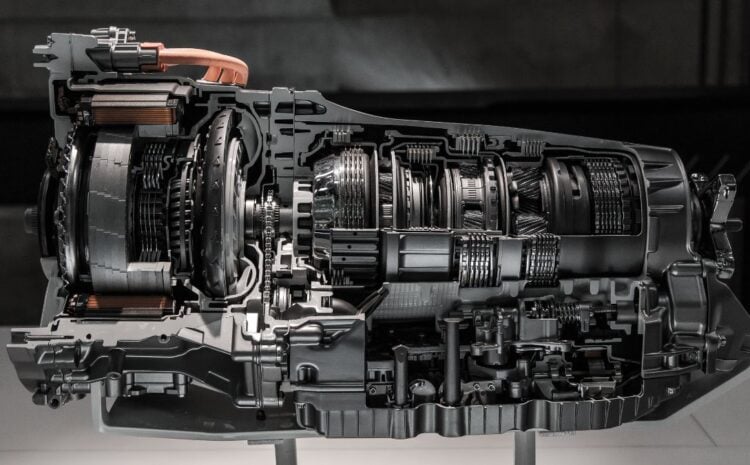Bevel gears are an essential component of many mechanical systems. They are widely used in a range of applications, including automotive, industrial, and aerospace, owing to the unique features that make them suitable for specific uses. In this article, we will explore the different types of bevel gears, the bevel gear manufacturing process, uses, advantages, and disadvantages.
Types of Bevel Gears
Bevel gears are categorized into four main types, each with unique characteristics that make them ideal for specific applications. They include:
Straight
Straight gears are the most fundamental kind of bevel gears, frequently used in differential systems, machine tools, and other similar applications. They are relatively simple to make because their straight teeth are oriented parallel to the gear axis.
Spiral
Due to its curved teeth, spiral bevel gears are ideal for high-speed applications. The teeth’ arcing around the gear axis produces smoother engagement and less noise. Many devices, such as auto transmissions and helicopter rotor drives, employ spiral bevel gears.
Zerol
Curved teeth that are at a straight angle to the gear axis are seen on zerol bevel gears. They are frequently utilized in printing presses, textile machines, and differential systems. Zerol bevel gears are renowned for their smooth power transmission, quiet operation, and low vibration.
Hypoid bevel
Similar to spiral, hypoid bevel gears also contain teeth that are offset from the gear axis. They are frequently utilized in rear-wheel drive systems and differentials for automobiles. Hypoid bevel gears offer increased performance and a high torque capacity.
Manufacturing
Bevel gears are made using a multi-step process that includes design, material selection, production techniques, quality assurance, and testing. The gear ratio, tooth size, and the number of teeth necessary for the particular application are all determined throughout the design phase. To make sure that the gears can bear the anticipated loads and strains, material selection is essential. Steel, brass, and bronze are often used materials in bevel gears.
Bevel gears are made using machining, casting, and powder metallurgy as production techniques. While casting involves pouring molten metal into a mold to construct the gear, machining entails cutting the gear’s teeth using a CNC machine. In powder metallurgy, metal powder is compressed into the desired shape and then sintered in a furnace.
They must pass quality control and testing to ensure that they fit the criteria. The gear mesh, backlash, runout, and tooth profile are all examined during testing.
Uses of Bevel Gears
Bevel gears are used in a wide range of applications, including:
- Automotive: Bevel gears are commonly used in differential systems, transmission systems, and rear-wheel drive systems in automobiles.
- Industrial: Machine tools, printing presses, conveyor systems, and other industrial applications require bevel gears.
- Aerospace: In helicopter transmissions, airplane wing flaps, and landing gear systems, bevel gears are used.
Advantages and Disadvantages
High torque capacity, great efficiency, smooth power transmission, and silent operation are all benefits of bevel gears. However, they have certain drawbacks, including a limited speed capacity, a challenging production process, and the requirement for routine maintenance.
Maintenance and Troubleshooting
Bevel gears must undergo routine maintenance and troubleshooting if they are to last a long time. The gear mesh must be adjusted as well as the gear tooth profile must be examined for wear, corrosion, and misalignment. Repairing and troubleshooting may entail changing out worn or damaged parts, realigning gears, or modifying gear mesh.
Conclusion
Bevel gears are a crucial part of mechanical systems because they provide the necessary torque, efficiency, and power transmission. Straight, spiral, zerol, and hypod are just a few of the varieties available. Each has certain qualities that make it the perfect fit for a particular application. They are made using a multi-step process that includes design, material selection, production techniques, quality assurance, and testing. Several industries, including automotive, industrial, and aerospace, use bevel gears.
Bevel gears provide a number of benefits, including high torque capacity, high efficiency, smooth power transmission, and silent operation, but they also have some drawbacks that make them less suitable for particular applications. These drawbacks include a constrained speed capacity, a difficult production procedure, and the requirement for routine maintenance. As a result, they must be properly maintained and troubleshot to extend their lifespan and maintain optimal performance in various mechanical systems.
Everybody involved in the design and maintenance of mechanical systems must be thoroughly aware of the various types of bevel gears, their manufacturing process, applications, benefits, and drawbacks. Selecting the best gear for a particular application is made simpler by taking into account the distinctive characteristics of each type of bevel gear, assuring optimal performance and longevity.



